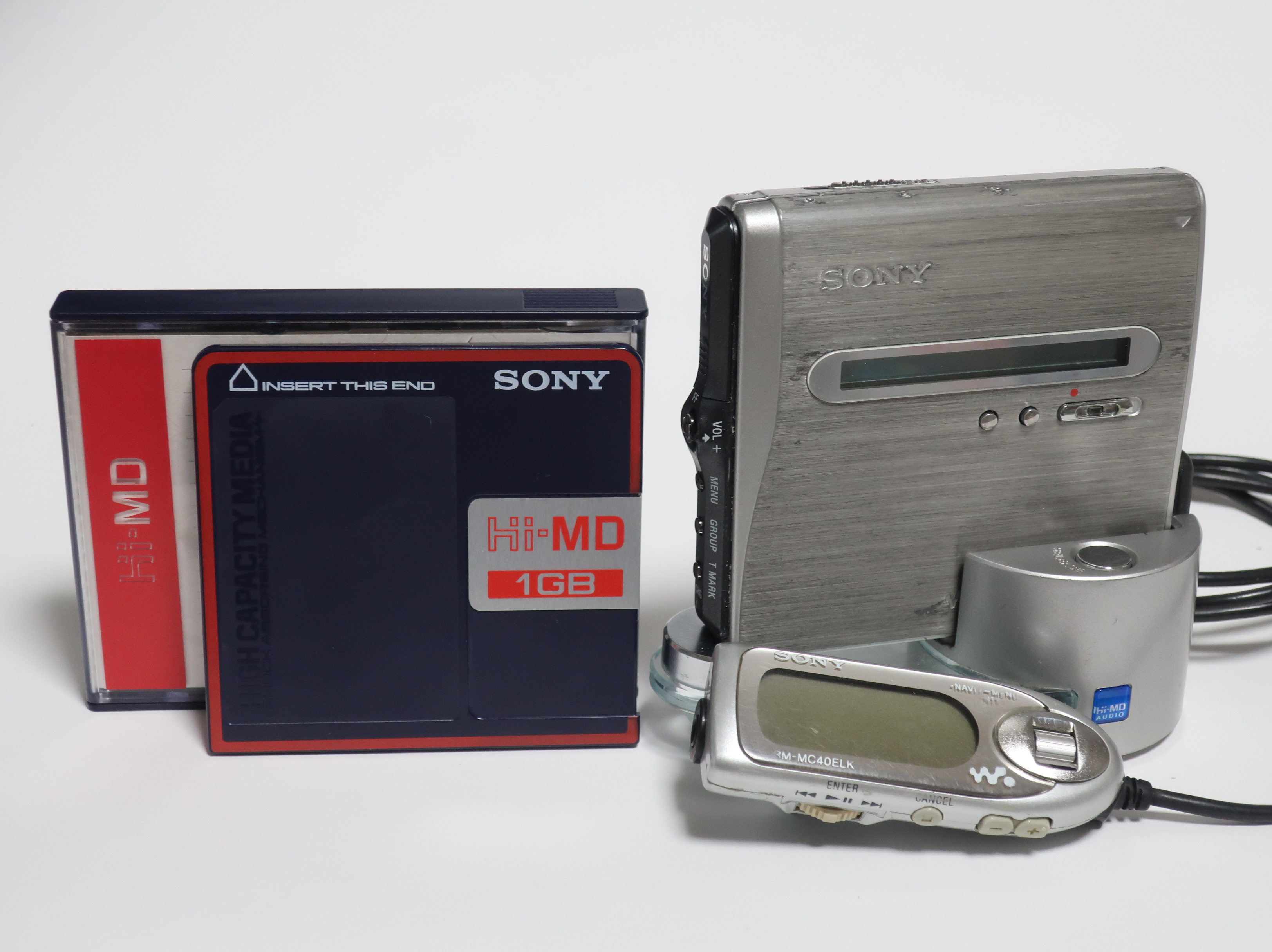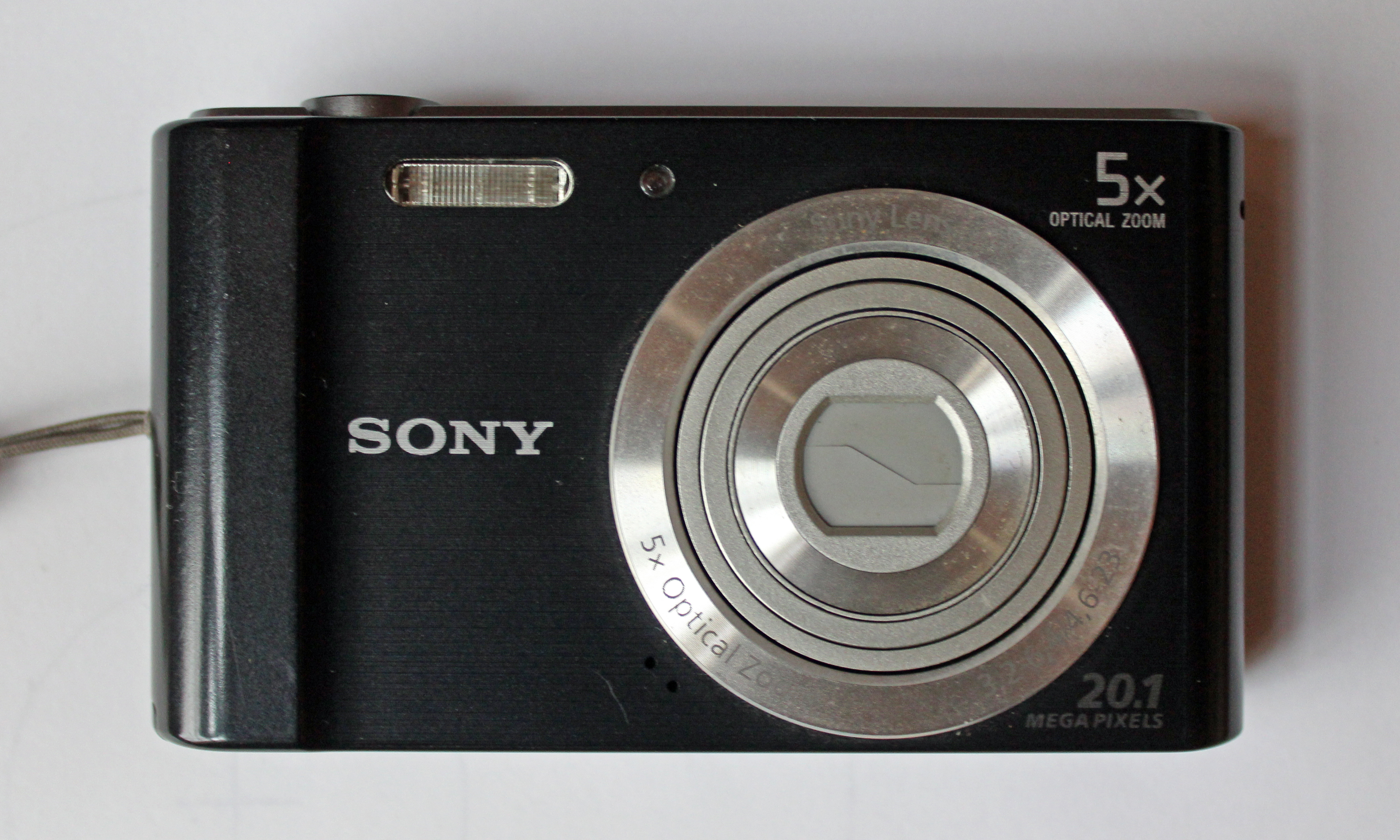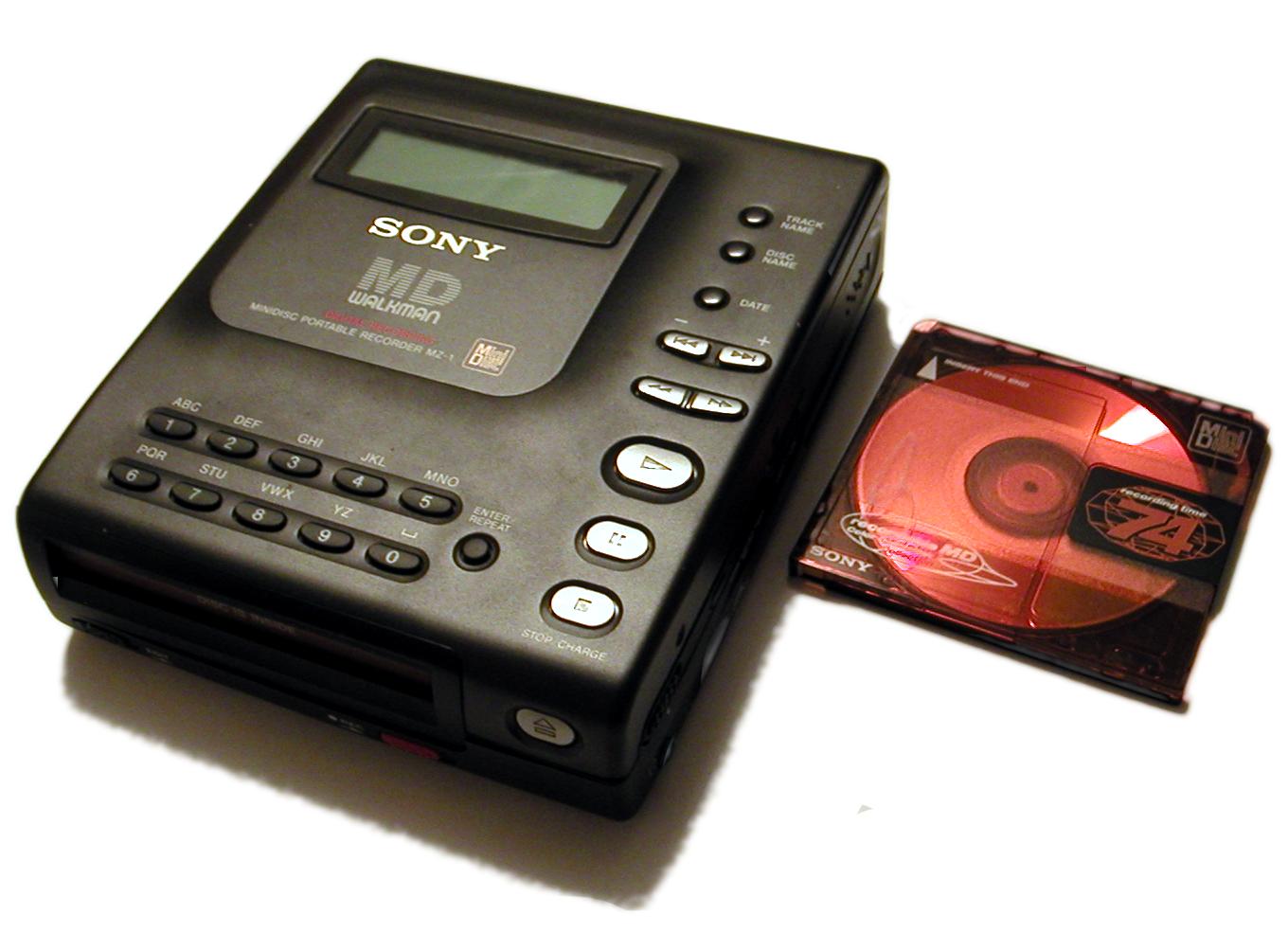|
Sony Mavica
Mavica (''Magnetic Video Camera'') is a discontinued brand of Sony cameras which use removable disks as the main recording medium. On August 25, 1981, Sony unveiled a prototype of the Sony Mavica as the world's first electronic still video camera. As with all Mavica cameras until the early 1990s (including later models sold commercially) this first model was not digital. Its Charge-coupled device, CCD sensor produced an analog video signal in the NTSC format at a resolution of pixels. Mavipak 2.0" disks (later adopted industry-wide as the Video Floppy and labelled "VF") were used to write 50 still frames onto tracks on disk. The pictures could be shown on a television screen, using a "special playback viewer unit" plugged into the television set. During the late 1990s and early 2000s, Sony reused the Mavica name for a number of digital (rather than analog) cameras that used standard 3.5" floppy disk or 8 cm CD-R media for storage. Original analog Mavica models The initial pr ... [...More Info...] [...Related Items...] OR: [Wikipedia] [Google] [Baidu] |
Sony Mavica 1981 Prototype CP+ 2011 (filter Crop Soerfm)
is a Japanese multinational conglomerate (company), conglomerate headquartered at Sony City in Minato, Tokyo, Japan. The Sony Group encompasses various businesses, including Sony Corporation (electronics), Sony Semiconductor Solutions (imaging and sensing), Sony Entertainment (including Sony Pictures and Sony Music Group), Sony Interactive Entertainment (video games), Sony Financial Group, and others. Sony was founded in 1946 as by Masaru Ibuka and Akio Morita. In 1958, the company adopted the name Initially an electronics firm, it gained early recognition for products such as the TR-55 transistor radio and the CV-2000 home video tape recorder, contributing significantly to Japan's Japanese economic miracle, post-war economic recovery. After Ibuka's retirement in the 1970s, Morita served as chairman until 1994, overseeing Sony's rise as a global brand recognized for innovation in consumer electronics. Landmark products included the Trinitron color television, the Walkma ... [...More Info...] [...Related Items...] OR: [Wikipedia] [Google] [Baidu] |
Cyber-shot
Cyber-shot is Sony's line of point-and-shoot digital cameras introduced in 1996. Cyber-shot model names use a DSC prefix, which is an initialism for "Digital Still Camera". Many Cyber-shot models feature Carl Zeiss trademarked lenses, while others use Sony, or Sony G lenses. All Cyber-shot cameras accept Sony's proprietary Memory Stick or Memory Stick PRO Duo flash memory, except the DSC-MD1 which only accept MiniDisc. Select models have also supported CompactFlash. Current Cyber-shot cameras support Memory Stick PRO Duo, SD, SDHC, and SDXC. From 2006 to 2009, Sony Ericsson used the Cyber-shot brand in a line of mobile phones. Models The current lineup consists of: * R and RX series – state-of-the-art, large-sensor compact cameras ** DSC-RX100/DSC-RX100 II/III/IV/V/VI/VII – pocketable camera with the largest 1" sensor of all cameras of its size ** DSC-RX10/DSC-RX10 II — zoom lens 1" 24-200mm equivalent 35 mm bridge camera with constant widest aperture F2.8 ** ... [...More Info...] [...Related Items...] OR: [Wikipedia] [Google] [Baidu] |
Agfa EPhoto CL30 Clik!
Agfa produced a number of mostly consumer-oriented digital cameras from the mid-1990s to the early 2000s. *Agfa StudioCam (1995) (professional digital camera, first ever to be produced and sold in quantity) * Agfa ActionCam (1995) (Professional/prosumer DSLR) *Agfa ePhoto 1280 (1997) (0.7 megapixel (MP), used SmartMedia) *Agfa ePhoto 1680 (1998, (1.2 MP) *Agfa ePhoto CL50 (1999, (1.2 MP) *Agfa ePhoto CL30 (1999, 0.9 MP, used CompactFlash) *Agfa ePhoto CL30 Clik! (1999, 0.9 MP, uses Iomega Clik! (later renamed PocketZip) disks as memory card) *Agfa ePhoto CL18 (2000, 0.3 MP) *Agfa ePhoto CL45 (2001, 0.7 MP) *Agfa ePhoto CL20 (2000, 0.8 MP) *Agfa ePhoto CL34 (2000, 1.3 MP) *Agfa ePhoto 307 (1997) *Agfa ePhoto 780 *Agfa ePhoto 780c *Agfa ePhoto Smile (0.3 mp) *AgfaPhoto DC-630i (~2006, 6.0 MP) Agfa photo 1280.jpg, Agfa ePhoto 1280 Agfa ePhoto CL-30.jpg, Agfa ePhoto CL30 Agfa ePhoto CL18 - Front.JPG, Agfa ePhoto CL18 Agfa ephoto 307.jpg, Agfa ePhoto 307 Agfa ephoto 780.jpg, Agfa ePho ... [...More Info...] [...Related Items...] OR: [Wikipedia] [Google] [Baidu] |
Zip Disk
The Zip drive is a removable floppy disk storage system that was announced by Iomega in 1994 and began shipping in March 1995. Considered medium-to-high-capacity at the time of its release, Zip disks were originally launched with capacities of 100 megabytes, MB, then 250 MB, and finally 750 MB. The format became the most popular of the superfloppy products which filled a Niche market, niche in the late 1990s portable storage market. However, it was never popular enough to replace the standard -inch floppy disk. Zip drives fell out of favor for mass portable storage during the early 2000s as CD-RW and USB flash drives became prevalent. The Zip brand later covered internal and external CD writers known as Zip-650 or Zip-CD, despite the dissimilar technology. Overview The Zip drive is a "superfloppy" disk drive that has all of the standard -inch floppy drive's convenience, but with much greater capacity options and with performance that is much improved over a s ... [...More Info...] [...Related Items...] OR: [Wikipedia] [Google] [Baidu] |
Iomega
Iomega Corporation (later LenovoEMC) was a company that produced external, portable, and networked data storage products. Established in the 1980s in Roy, Utah, United States, Iomega sold more than 410 million digital storage drives and disks, including the Zip drive floppy disk system. Formerly a public company, it was acquired by EMC Corporation in 2008, and then by Lenovo, which rebranded the product line as LenovoEMC, until discontinuation in 2018. History Iomega started in Roy, Utah, U.S. in 1980, with the original founders Jerome Paul Johnson, David Bailey, and David Norton. Its headquarters were moved to San Diego, California in 2001. For many years, it was a significant name in the data storage industry. Iomega's most famous product, the Zip drive, offered relatively large amounts of storage on portable, high-capacity floppy disks. The original Zip disk's 100MB capacity was a huge improvement over the decades-long standard of 1.44MB standard floppy disks. The Zip d ... [...More Info...] [...Related Items...] OR: [Wikipedia] [Google] [Baidu] |
SuperDisk
The SuperDisk LS-120 is a high-speed, high-capacity alternative to the 90 mm (3.5 in), 1.44 Megabyte, MB floppy disk. The SuperDisk hardware was created by 3M's storage products group Imation in 1996, with manufacturing chiefly by Panasonic, Matsushita. The SuperDisk had little success in North America; with Compaq, Gateway, Inc., Gateway and Dell being three of only a few Original equipment manufacturer, OEMs who supported it. It was more successful in Asia and Australia, where the majority of second-generation SuperDisk LS-240 drives and disks were released. There was one model of LS-240 drive released in North America, by QPS. SuperDisk worldwide ceased manufacturing in 2003. History The design of the SuperDisk system came from an early 1990s project at Iomega. It is one of the last examples of floptical technology, where lasers are used to guide a magnetic head which is much smaller than those used in traditional floppy disk drives. Iomega orphaned the pro ... [...More Info...] [...Related Items...] OR: [Wikipedia] [Google] [Baidu] |
MiniDisc
MiniDisc (MD) is an erasable magneto-optical disc-based data storage format offering a capacity of 60, 74, or 80 minutes of digitized audio. Sony announced the MiniDisc in September 1992 and released it in November of that year for sale in Japan and in December in Europe, North America, and other countries. The music format was based on ATRAC audio data compression, Sony's own proprietary compression code. Its successor, Hi-MD, would later introduce the option of linear PCM digital recording to meet audio quality comparable to that of a compact disc. MiniDiscs were very popular in Japan and found moderate success in Europe. Although it was designed to succeed the cassette tape, it did not manage to supplant it globally. By March 2011, Sony had sold 22 million MD players, but discontinued further development. Sony ceased manufacturing and sold the last of the players by March 2013. On January 23, 2025, Sony announced they would end the production of recordable MD media ... [...More Info...] [...Related Items...] OR: [Wikipedia] [Google] [Baidu] |
Hi-MD
Hi-MD is a magneto-optical disc-based data storage format. It was a further development of the MiniDisc. With its release in late 2004,test.de 22 Dezember 2004, ''Die Rückkehr der Mini-Disc'' German, retrieved 30 May 2020. came the ability to use newly developed, high-capacity 1 gigabyte Hi-MD discs, in the same dimensions as MiniDisc. The last recorder and player was discontinued in 2011. Blank discs stopped production in September 2012. Overview  Hi-MD h ...
Hi-MD h ...
[...More Info...] [...Related Items...] OR: [Wikipedia] [Google] [Baidu] |
Sony Mavica
Mavica (''Magnetic Video Camera'') is a discontinued brand of Sony cameras which use removable disks as the main recording medium. On August 25, 1981, Sony unveiled a prototype of the Sony Mavica as the world's first electronic still video camera. As with all Mavica cameras until the early 1990s (including later models sold commercially) this first model was not digital. Its Charge-coupled device, CCD sensor produced an analog video signal in the NTSC format at a resolution of pixels. Mavipak 2.0" disks (later adopted industry-wide as the Video Floppy and labelled "VF") were used to write 50 still frames onto tracks on disk. The pictures could be shown on a television screen, using a "special playback viewer unit" plugged into the television set. During the late 1990s and early 2000s, Sony reused the Mavica name for a number of digital (rather than analog) cameras that used standard 3.5" floppy disk or 8 cm CD-R media for storage. Original analog Mavica models The initial pr ... [...More Info...] [...Related Items...] OR: [Wikipedia] [Google] [Baidu] |








